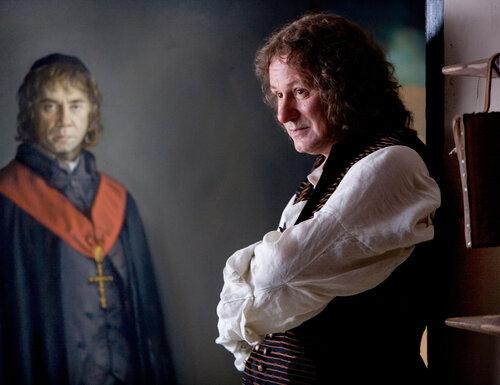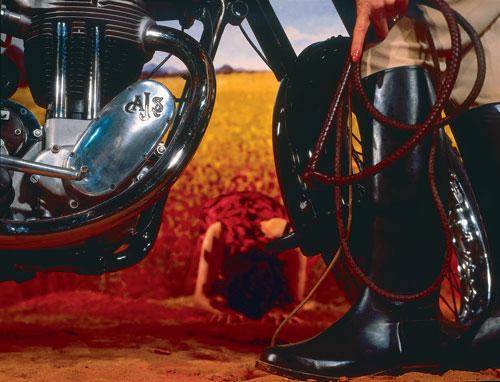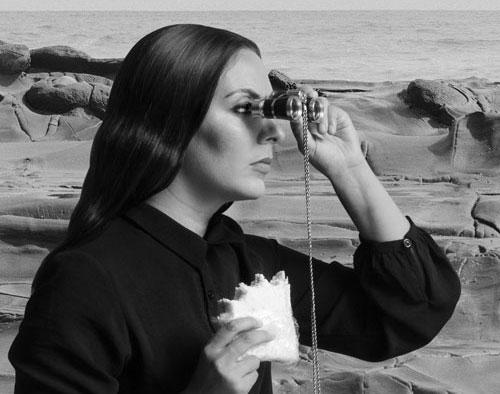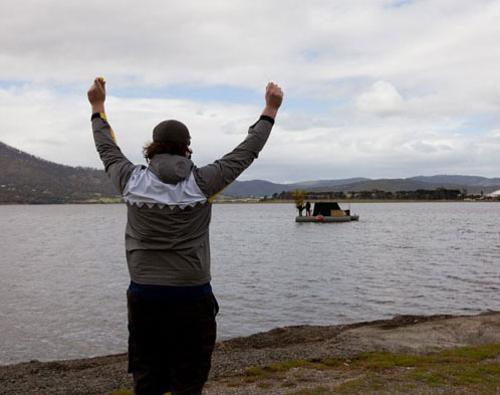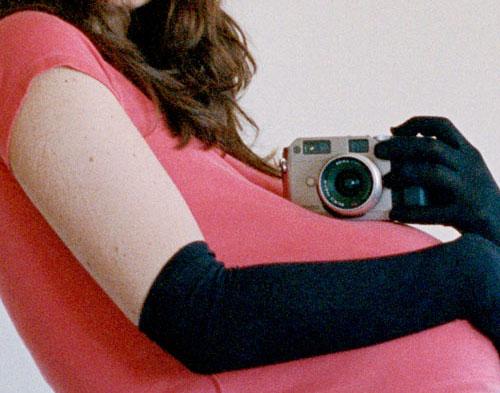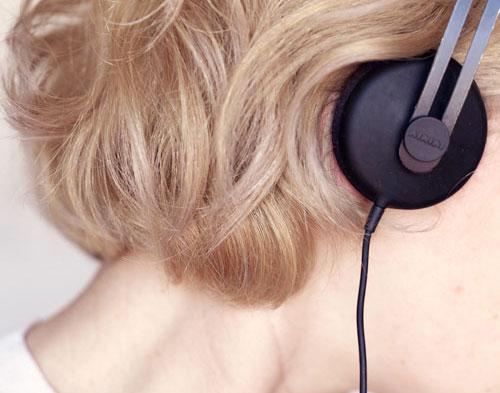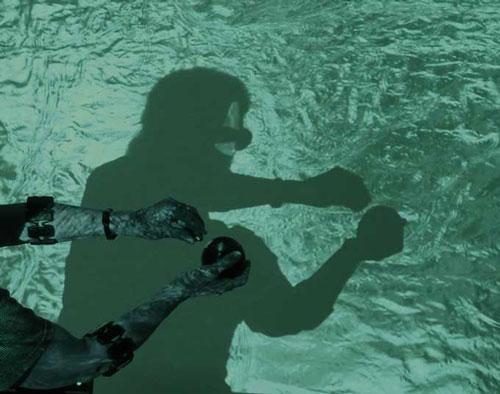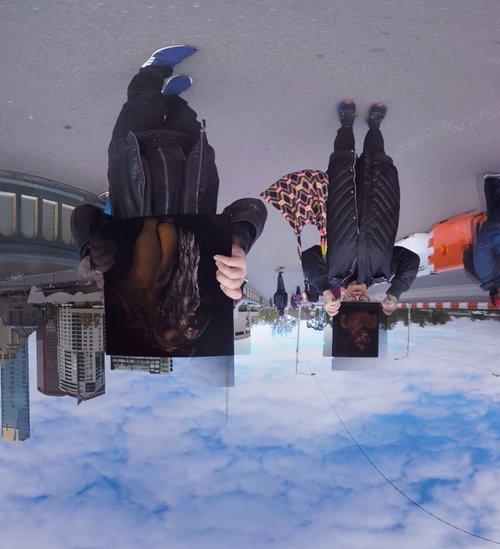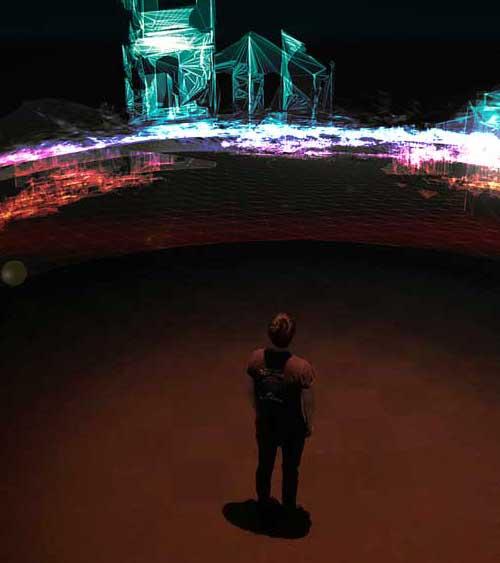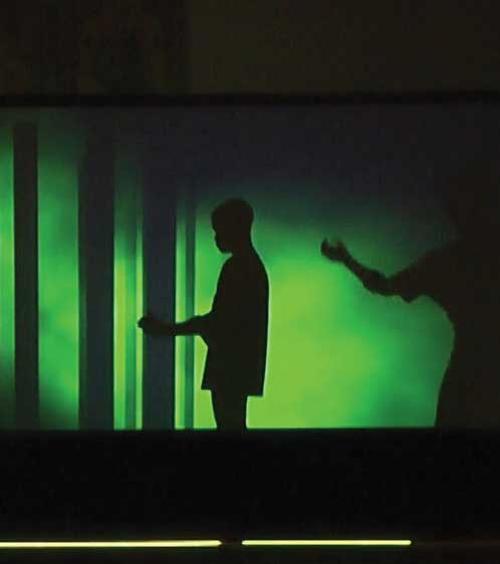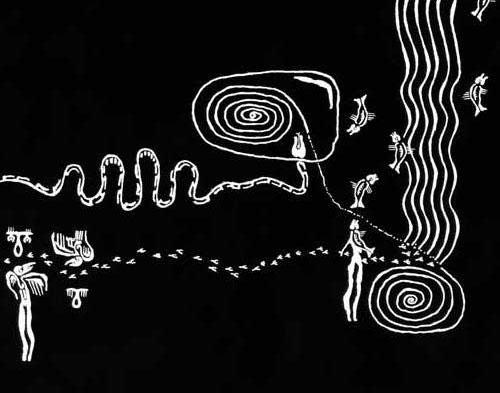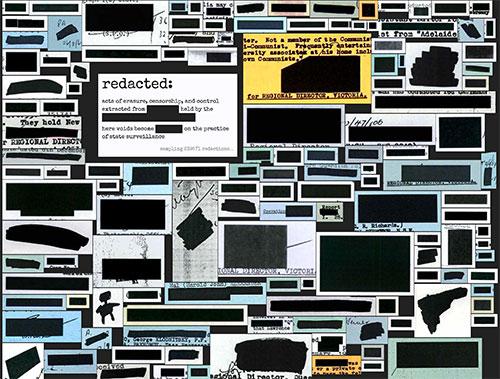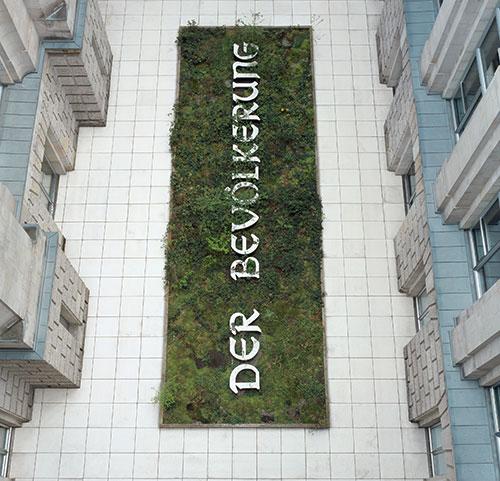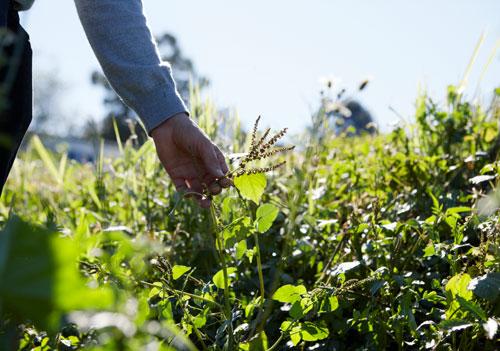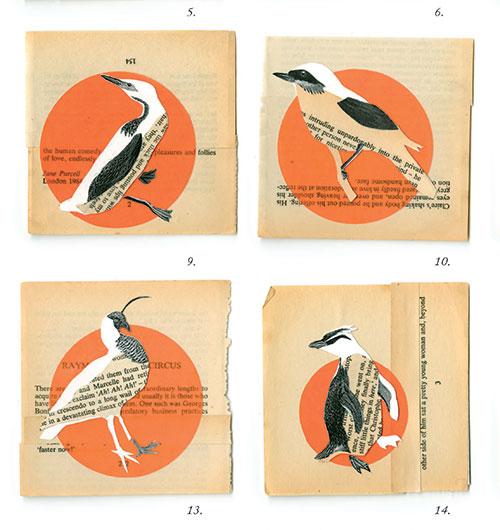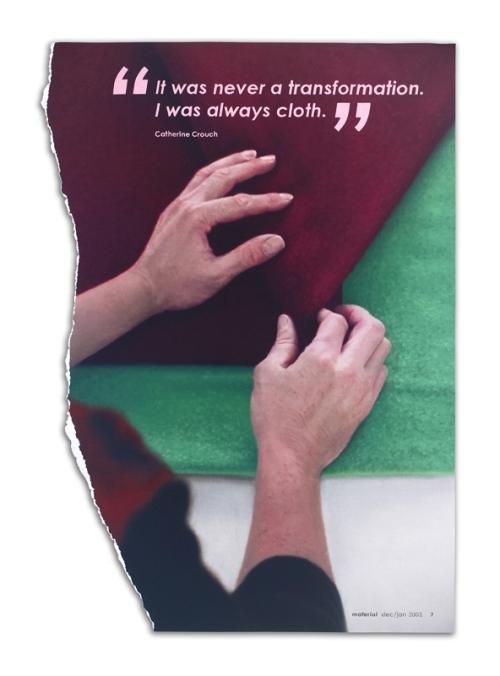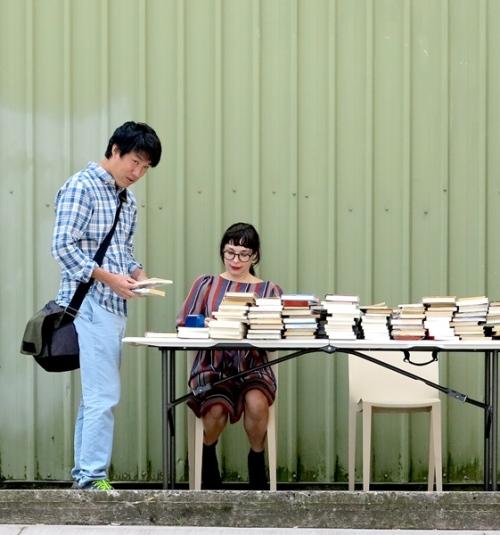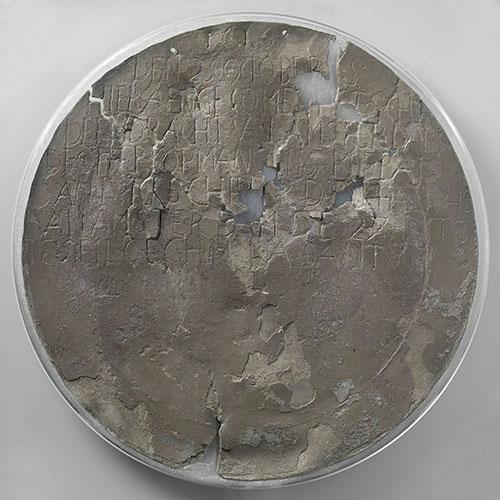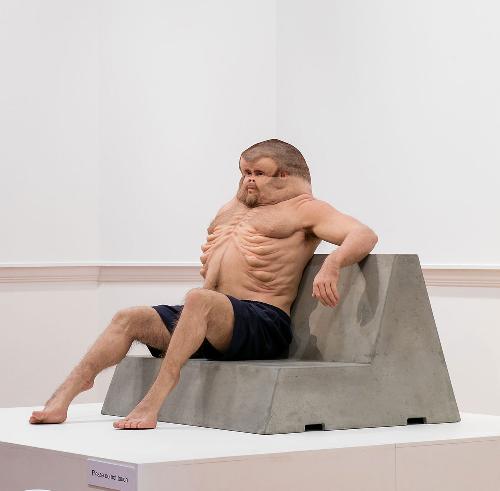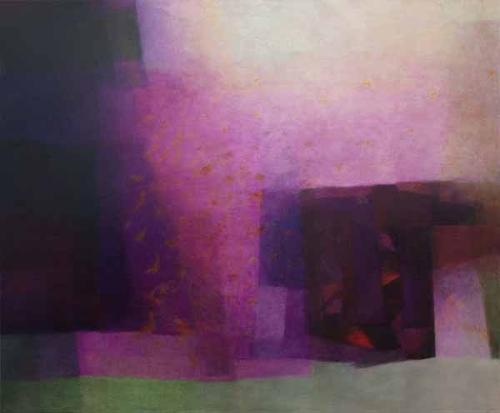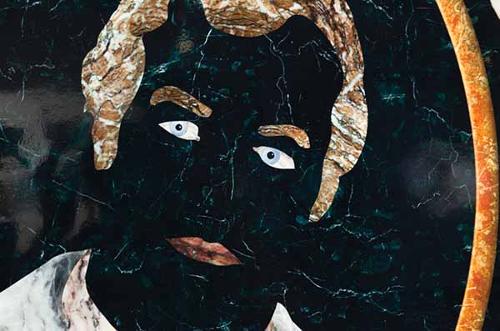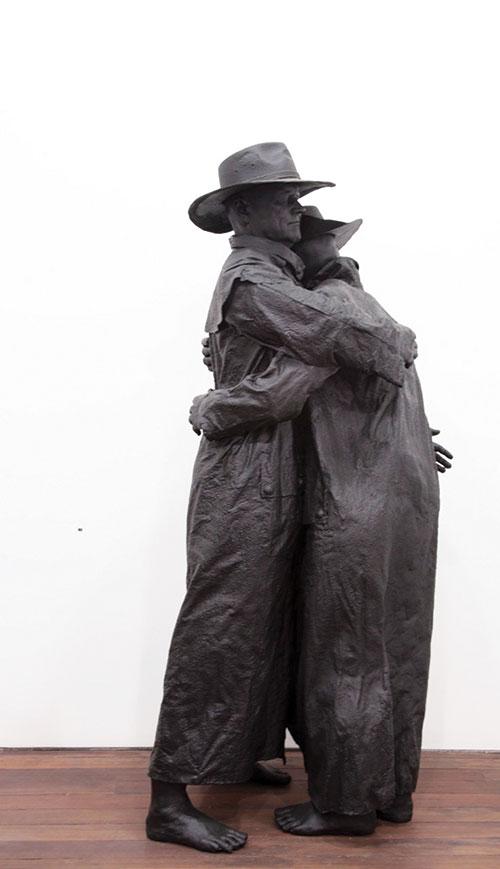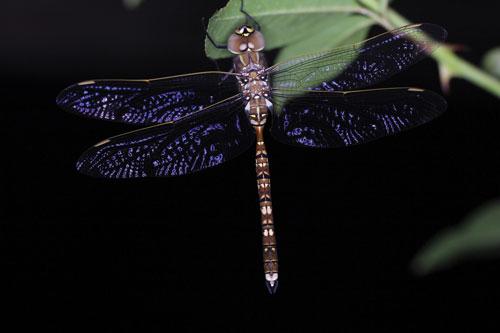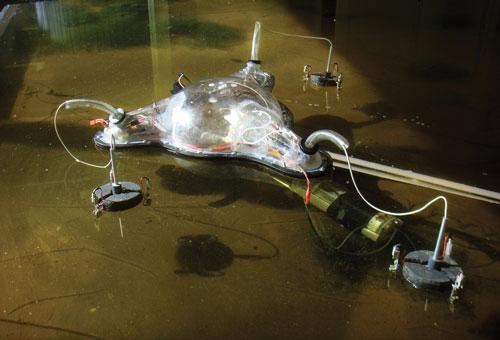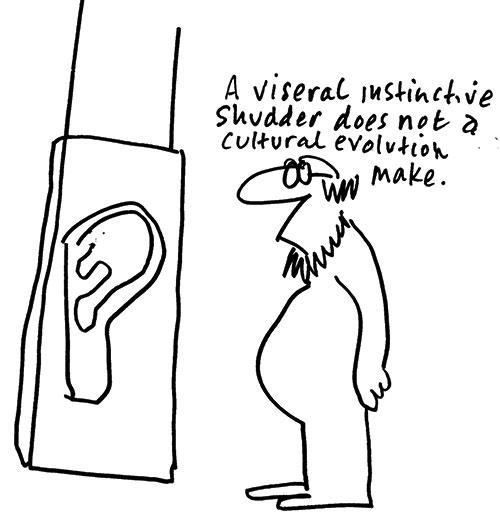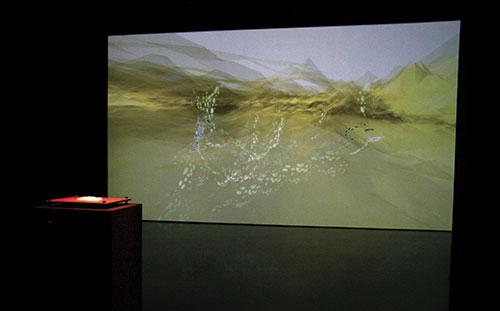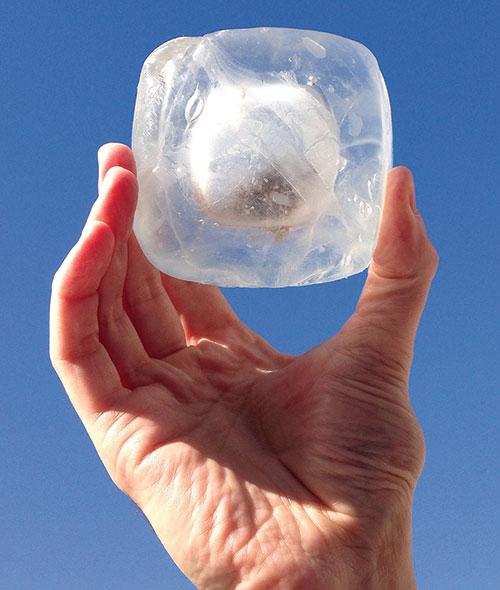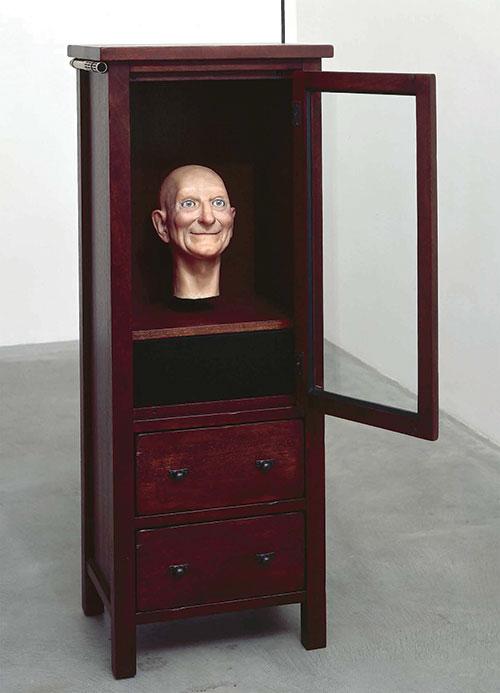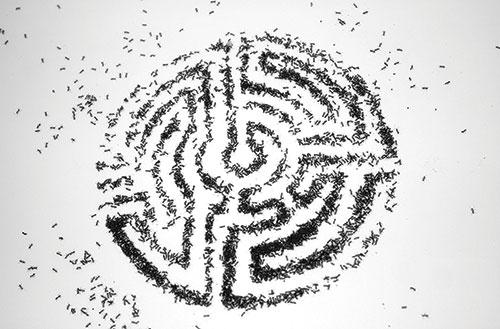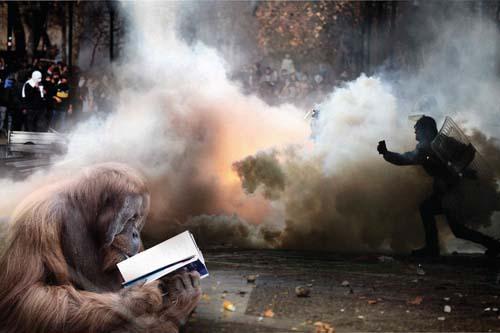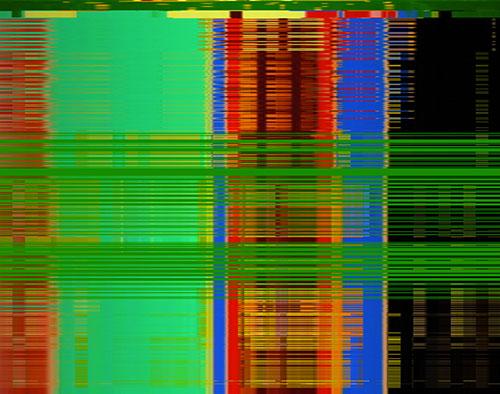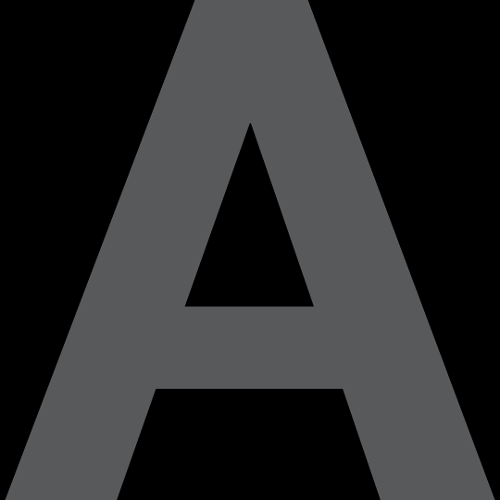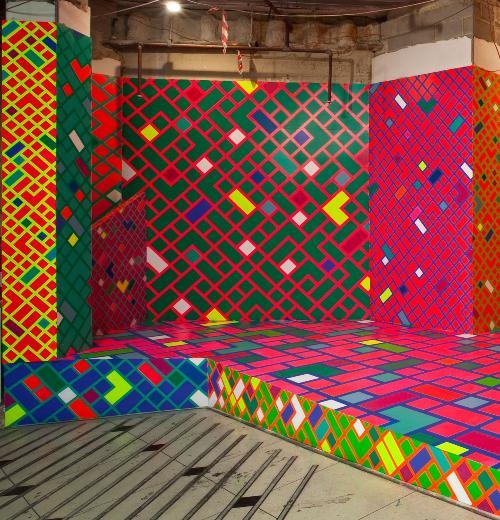Search
You searched for contributors, issues and articles tagged with Technology ...
Contributors
Artlink
Various
Adam Geczy
Adrian Martin
Aileen Burns
Ainslie Murray
Alan Roberts
Alex Selenitsch
Alexandra Heller-Nicholas
Alison Alder
Alison Carroll
Alyce Neal
Amareswar Galla
Amy Griffiths
Amy Weng
Andrea Bell
Andrew Frost
Andrew Harper
Andrew Montana
Andrew Yip
Ann Finegan
Ann Wizer
Anna Dumitriu
Anna Zagala
Anne Kirker
Anne O'Hehir
Annika Evans
Anusha Kenny
Arryn Snowball
Ashley Crawford
Barry Craig
Ben Eltham
Betty Milonas
Beverly Knight
Brendan Lee
Brett Adlington
Bridget Currie
Briony Downes
Carmen Ansaldo
Carol Schwarzman
Caroline Turner
Carolyn Meloy
Cath Bowdler
Catherine Wilson
Charity Bramwell
Charles Pickett
Chris Nash
Chris Nobbs
Chris Orchard
Christine Clark
Christine Lewis
Christopher Anderson
Christopher Saines
Claire G. Coleman
Claire L. Evans
Claudine Brown
Cliff Burtt
Colin Koch
Colin Langridge
Colin Rhodes
Dale Spender
Damiano Bertoli
Daniel Thomas
Danni Zuvela
Darren Jorgensen
David Broker
David Walker
Dawn Barker
Denise Thwaites
Des Griffin
Diana Wood Conroy
Djon Mundine
Donald Brook
Doris McIlwain
Dorothy Erickson
Dorothy Jones
Dylan DeLosAngeles
Dylan Rainforth
Eliza Garnesy
Eliza Garnsey
Eliza Muldoon
Elizabeth Cross
Elvis Richardson
Emilis Prelgauskas
Emily Potter
Eve Sullivan
F.Marion Lee
Faye Neilson
Fee Plumley
Felicity Wright
Felix Ratcliff
Fotis Kapetopoulos
Geoffrey Edwards
Geoffrey Maslen
Gillian Marsden
Glenda King
Grace Cochrane
Gregory Pryor
Gregory Kwok-Keung Leong
Haema Sivanesan
Issues
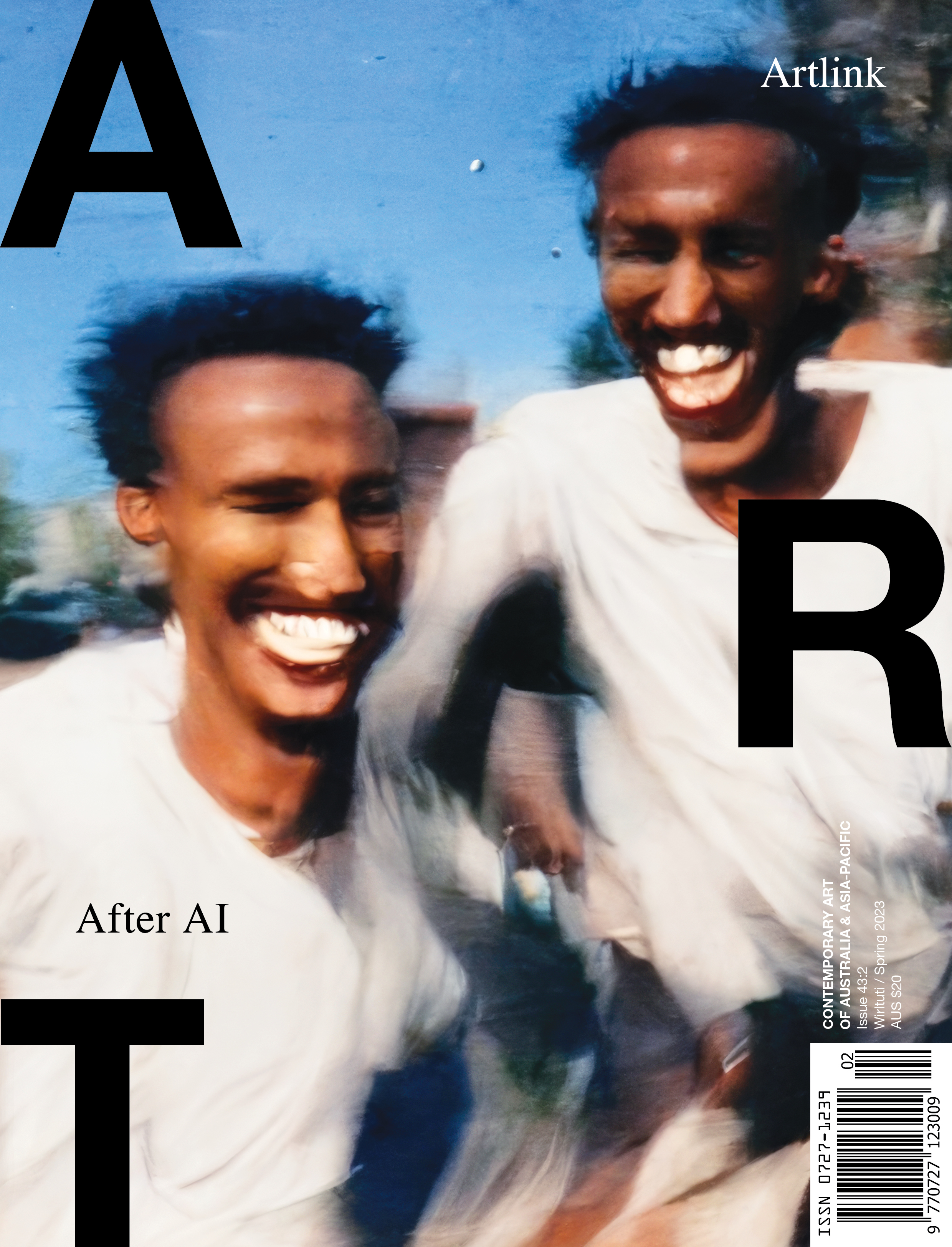
After AI
Issue 43:2 | Wirltuti / Spring 2023
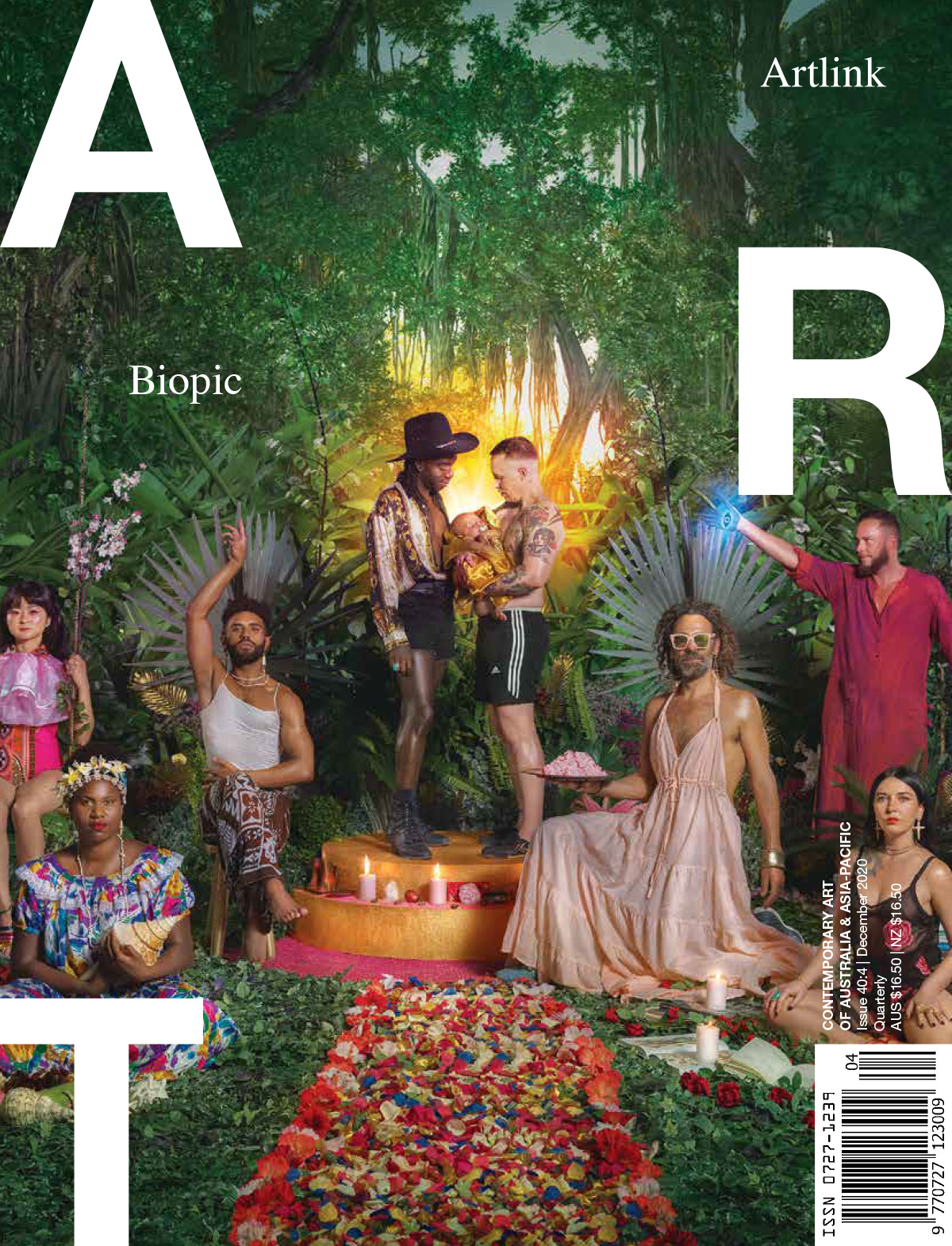
Biopic
Issue 40:4 | December 2020
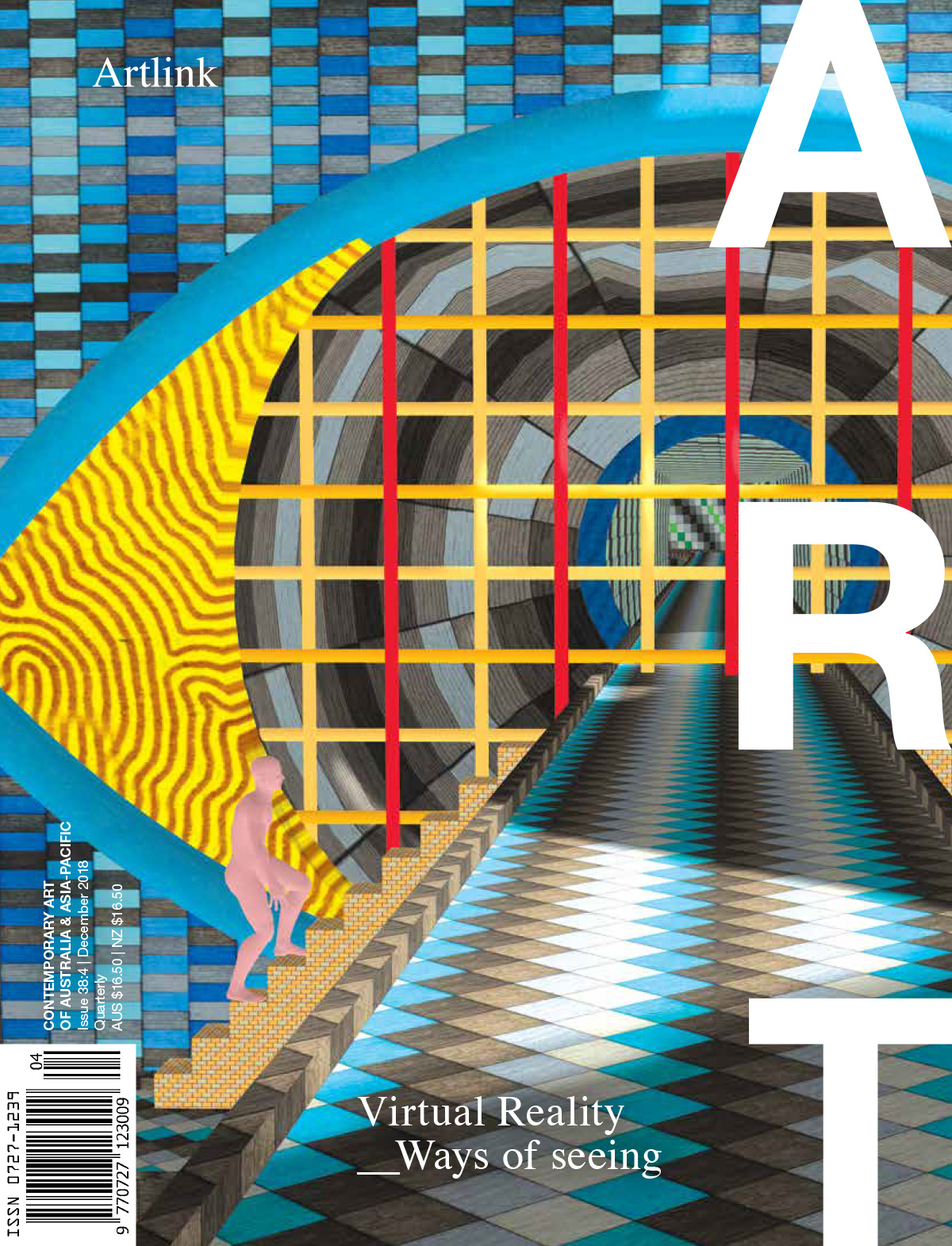
Virtual Reality: Ways of Seeing
Issue 38:4 | December 2018
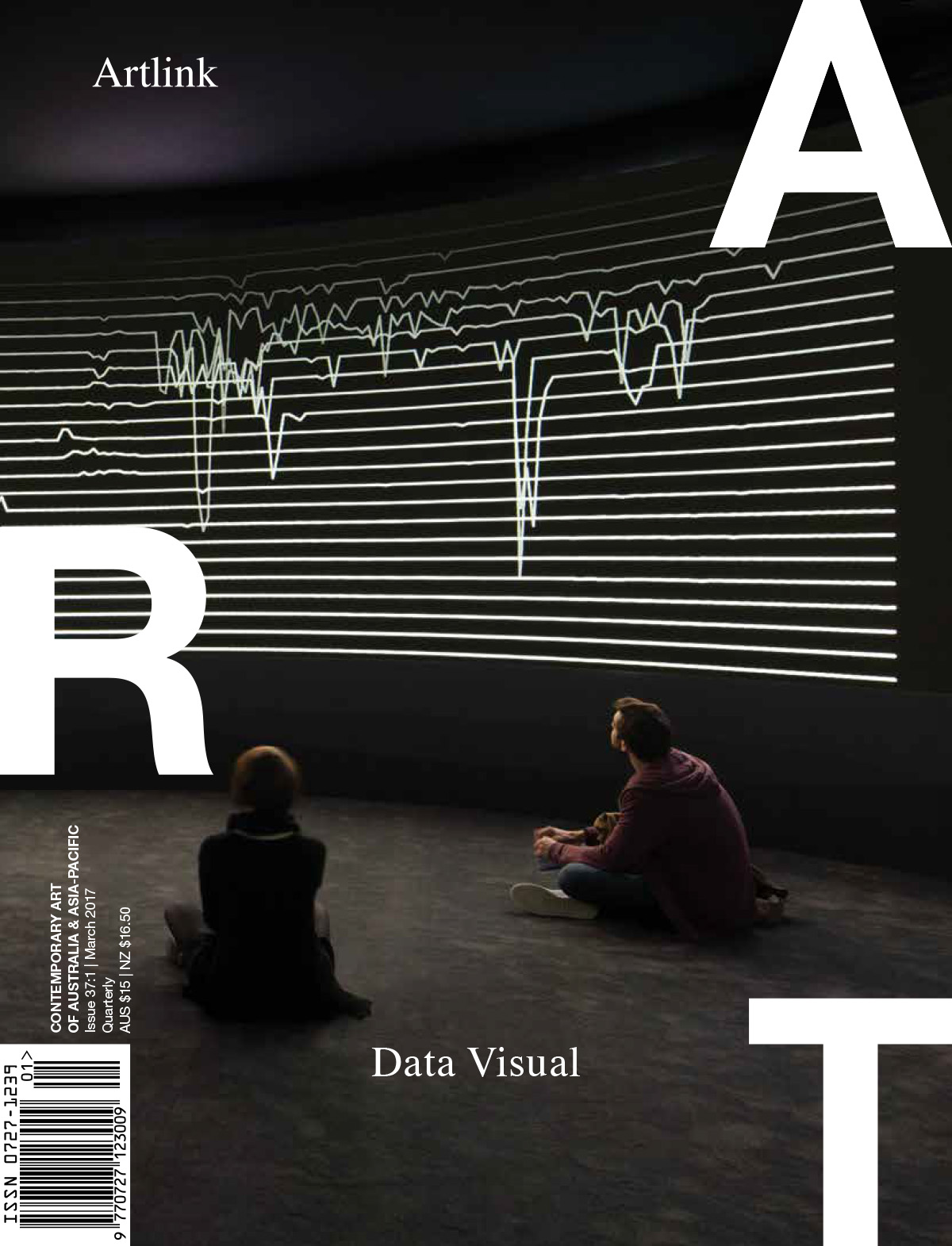
Data Visual
Issue 37:1| March 2017
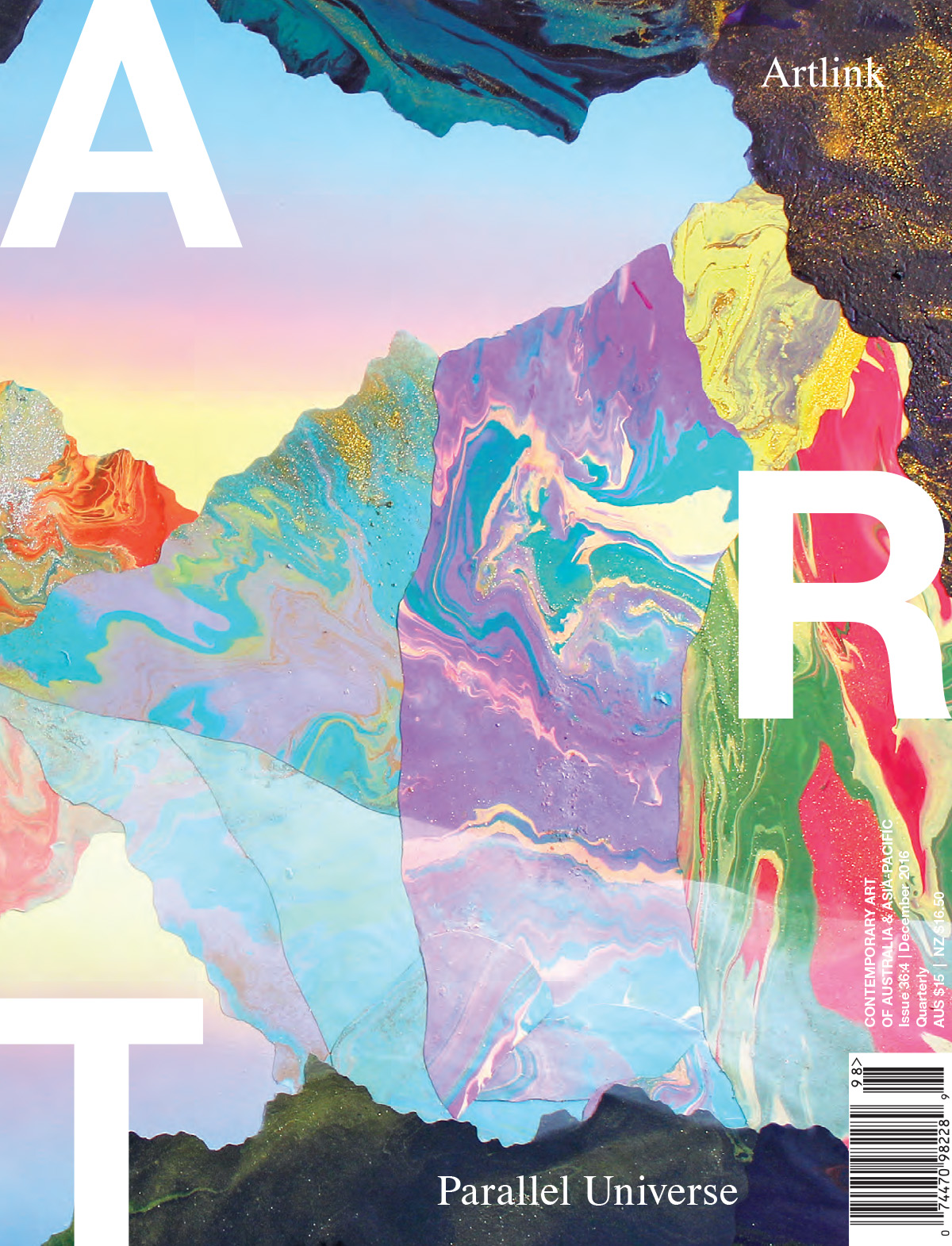
Parallel Universe
Issue 36:4, December 2016
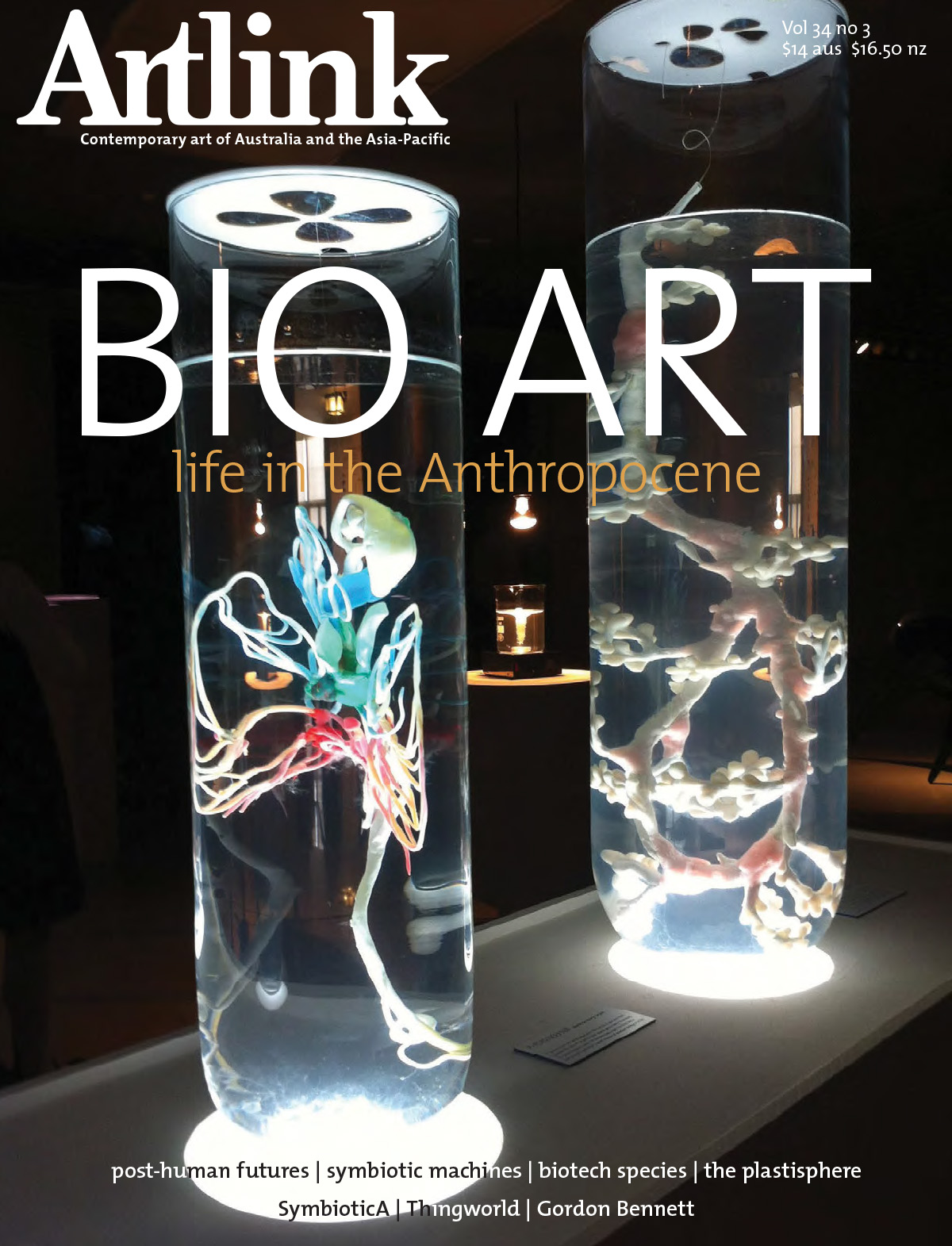
Bio Art
Issue 34:3 | September 2014
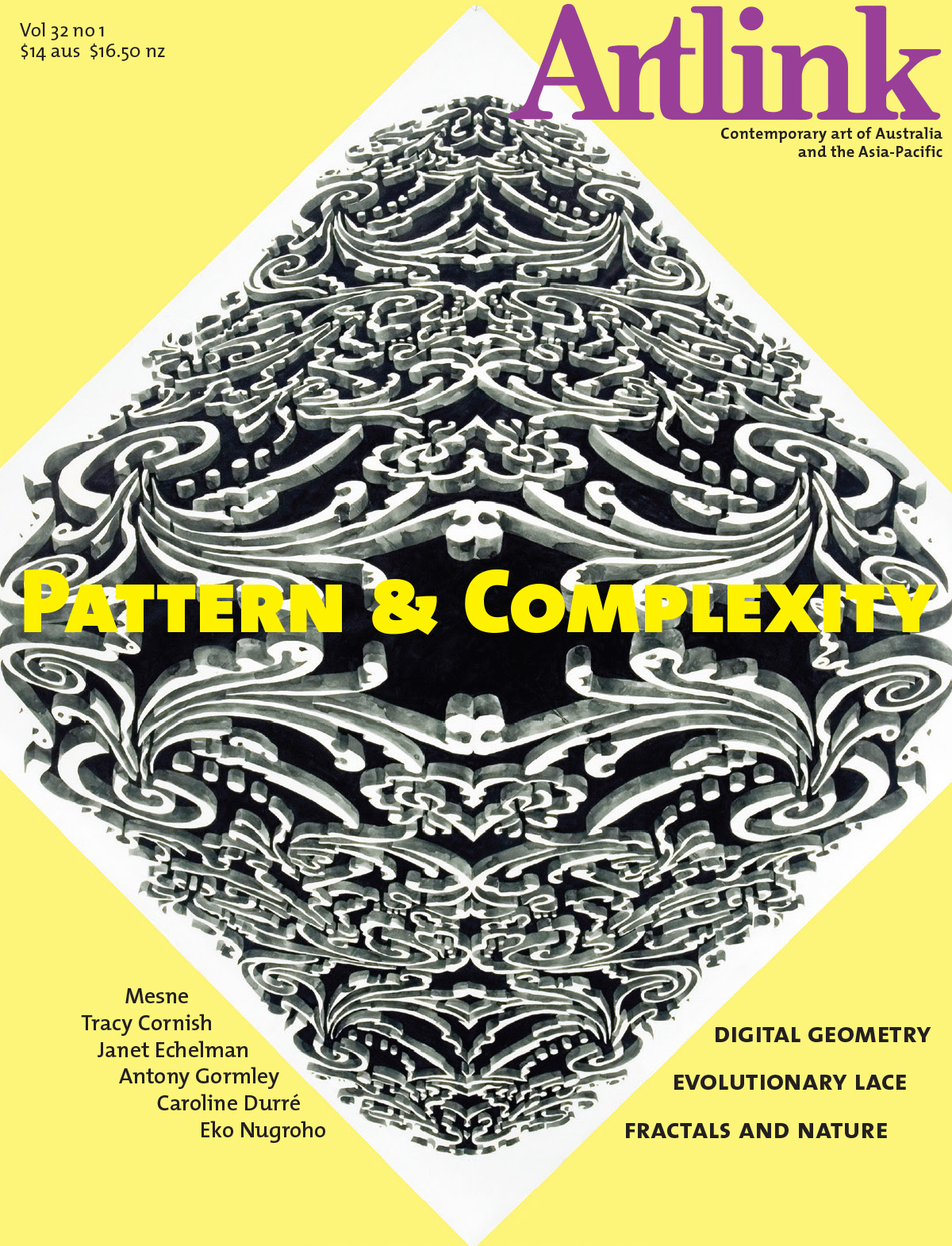
Pattern & Complexity
Issue 32:1 | March 2012
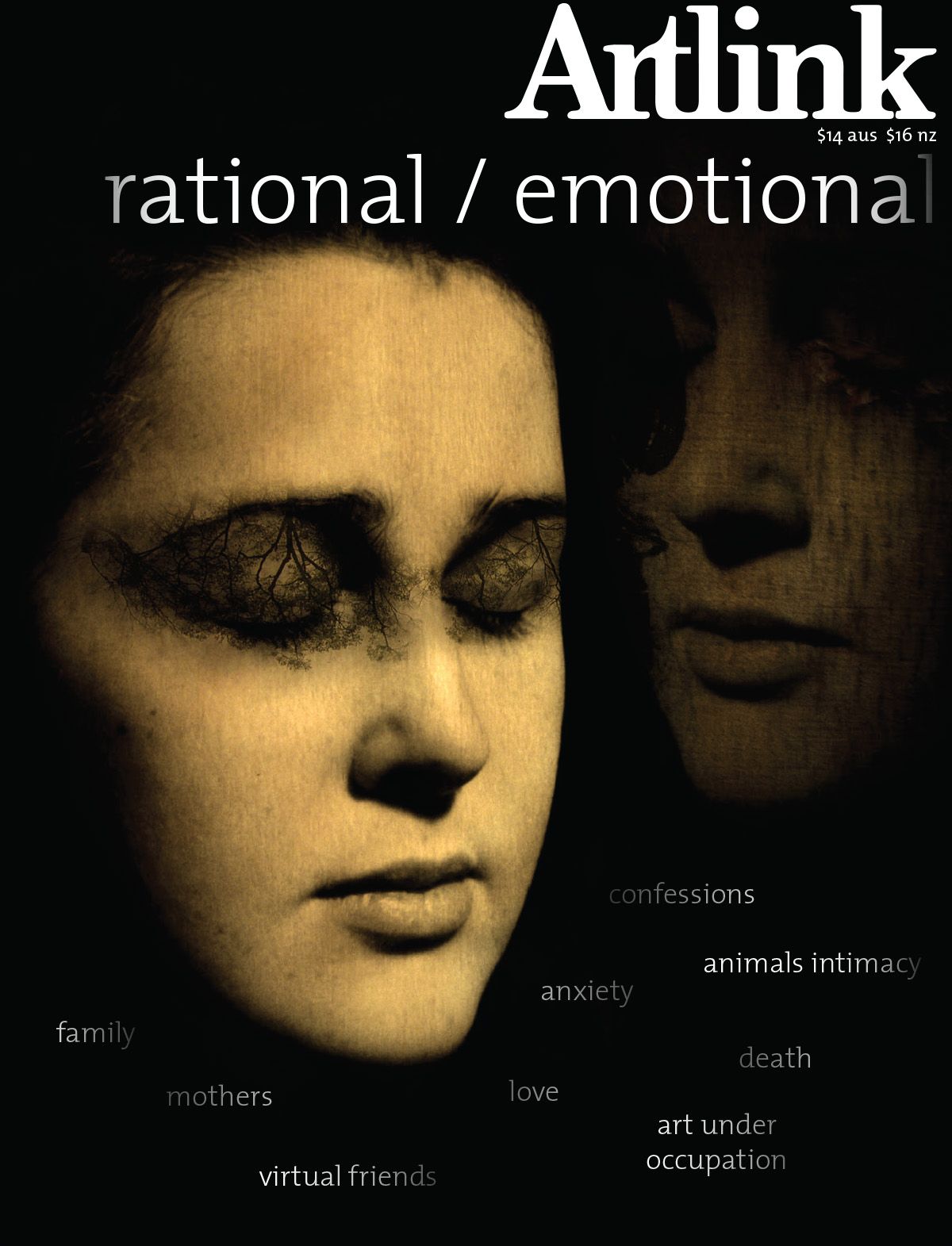
Rational / Emotional
Issue 29:3 | September 2009
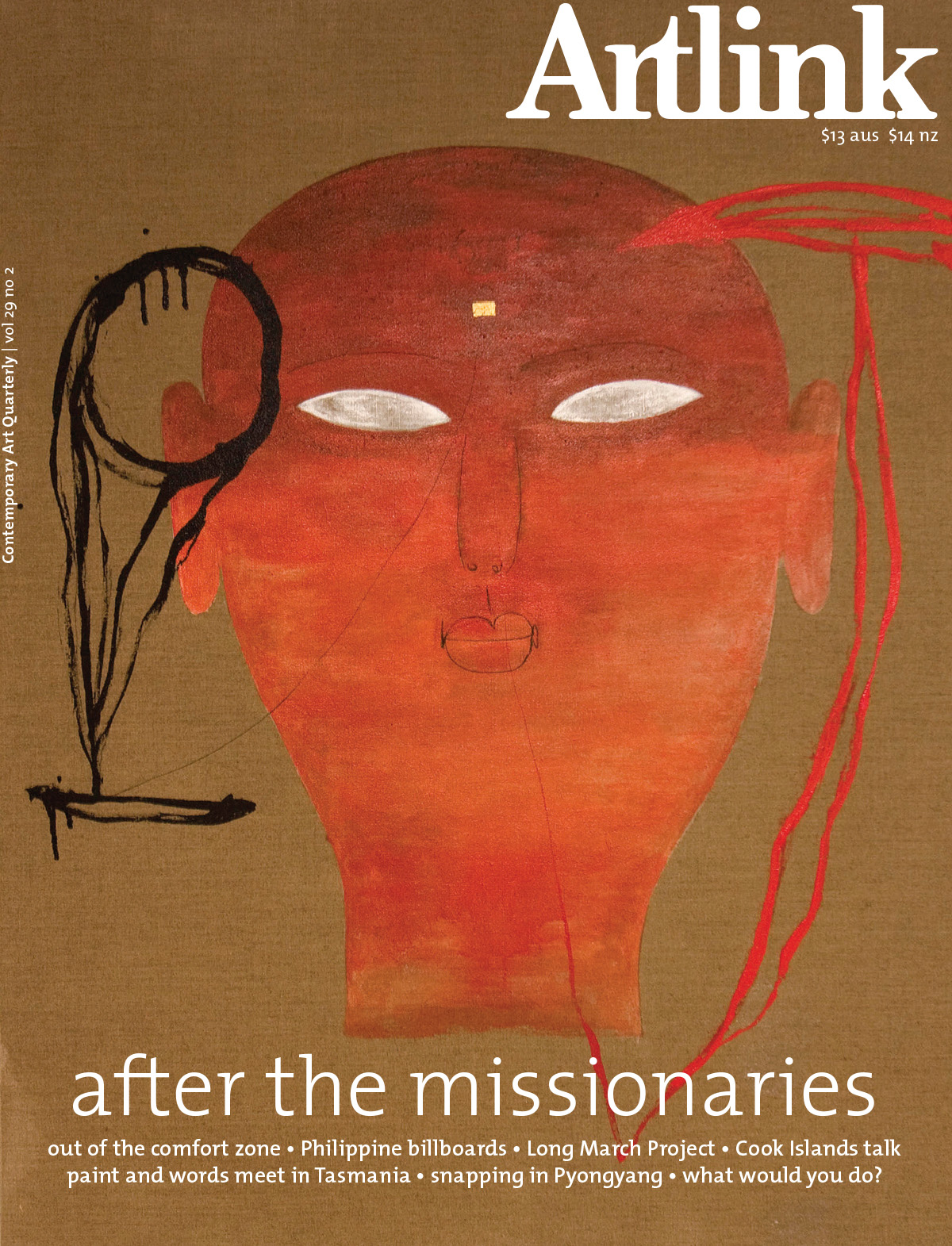
After the Missionaries
Issue 29:2 | June 2009
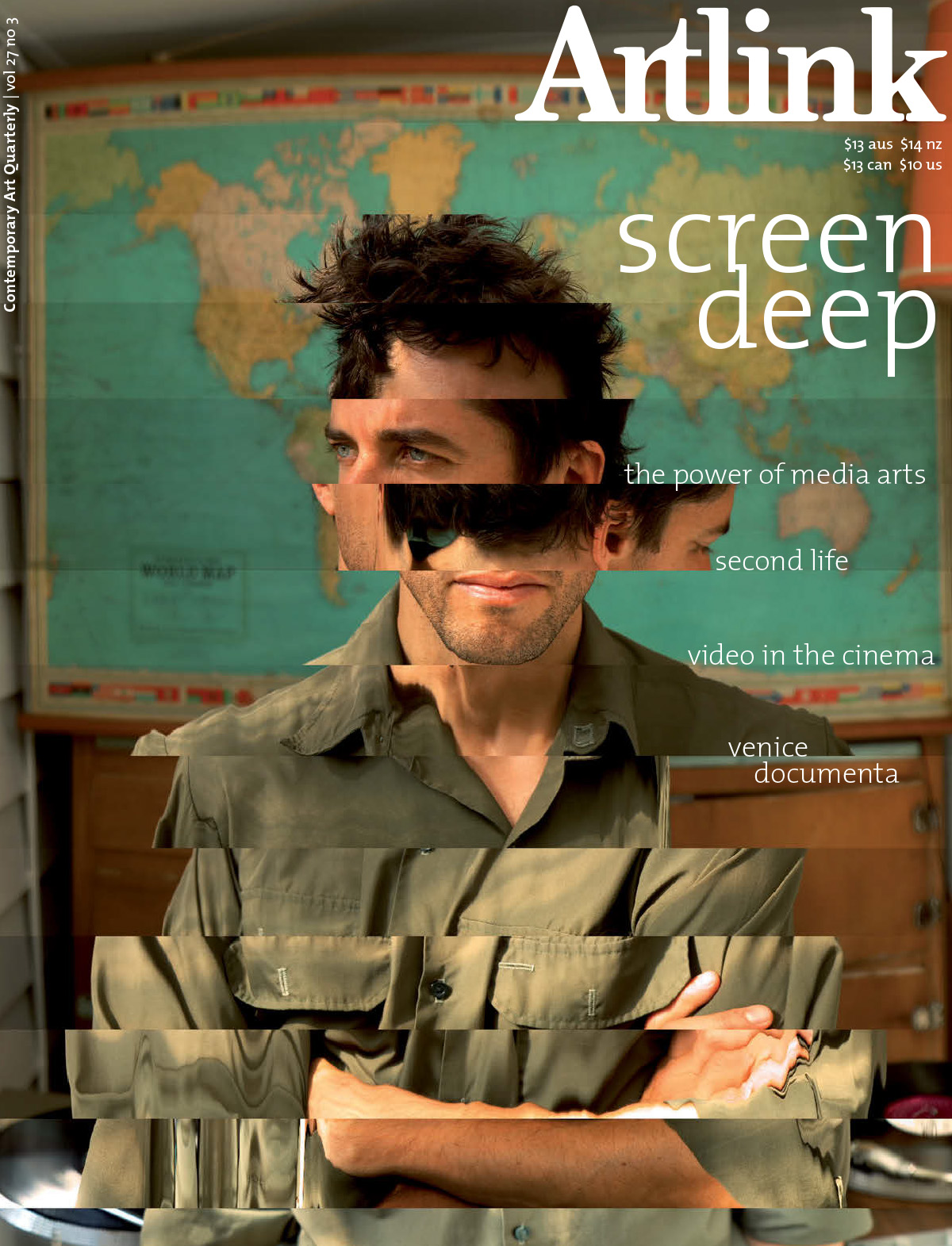
Screen Deep
Issue 27:3 | September 2007
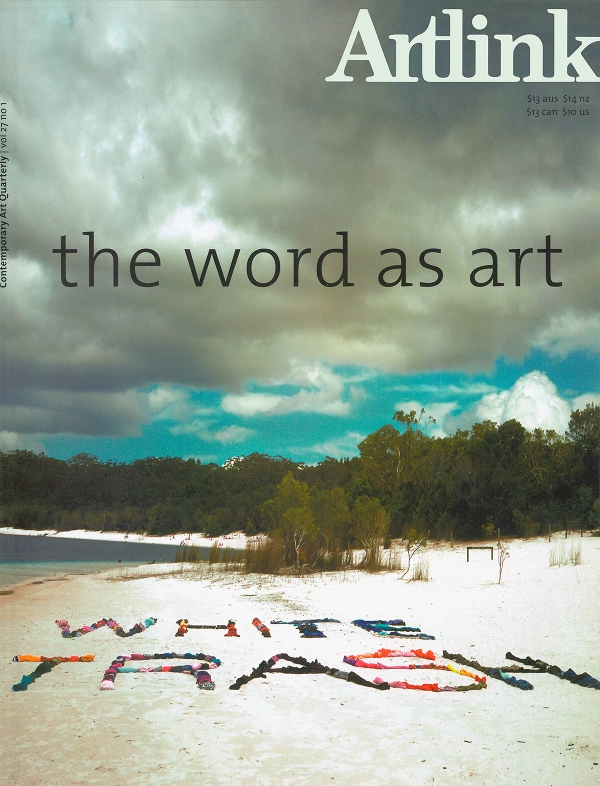
The Word As Art
Issue 27:1 | March 2007
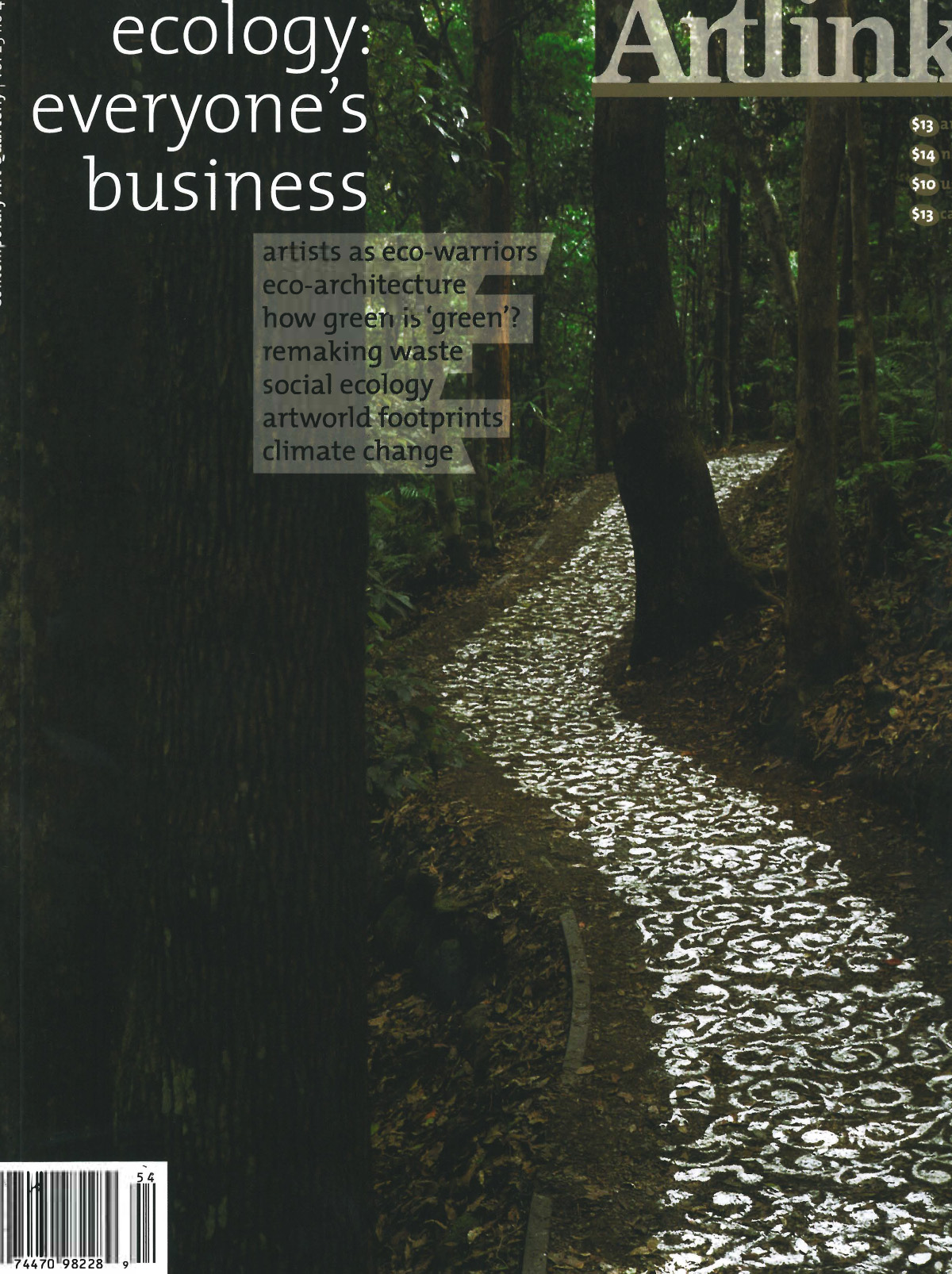
Ecology: Everyone's Business
Issue 25:4 | December 2005
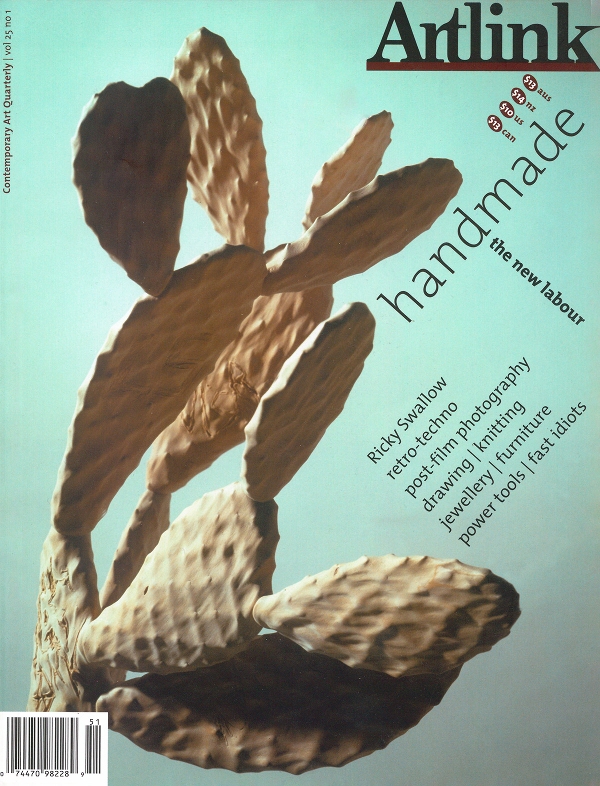
Handmade: The New Labour
Issue 25:1 | March 2005
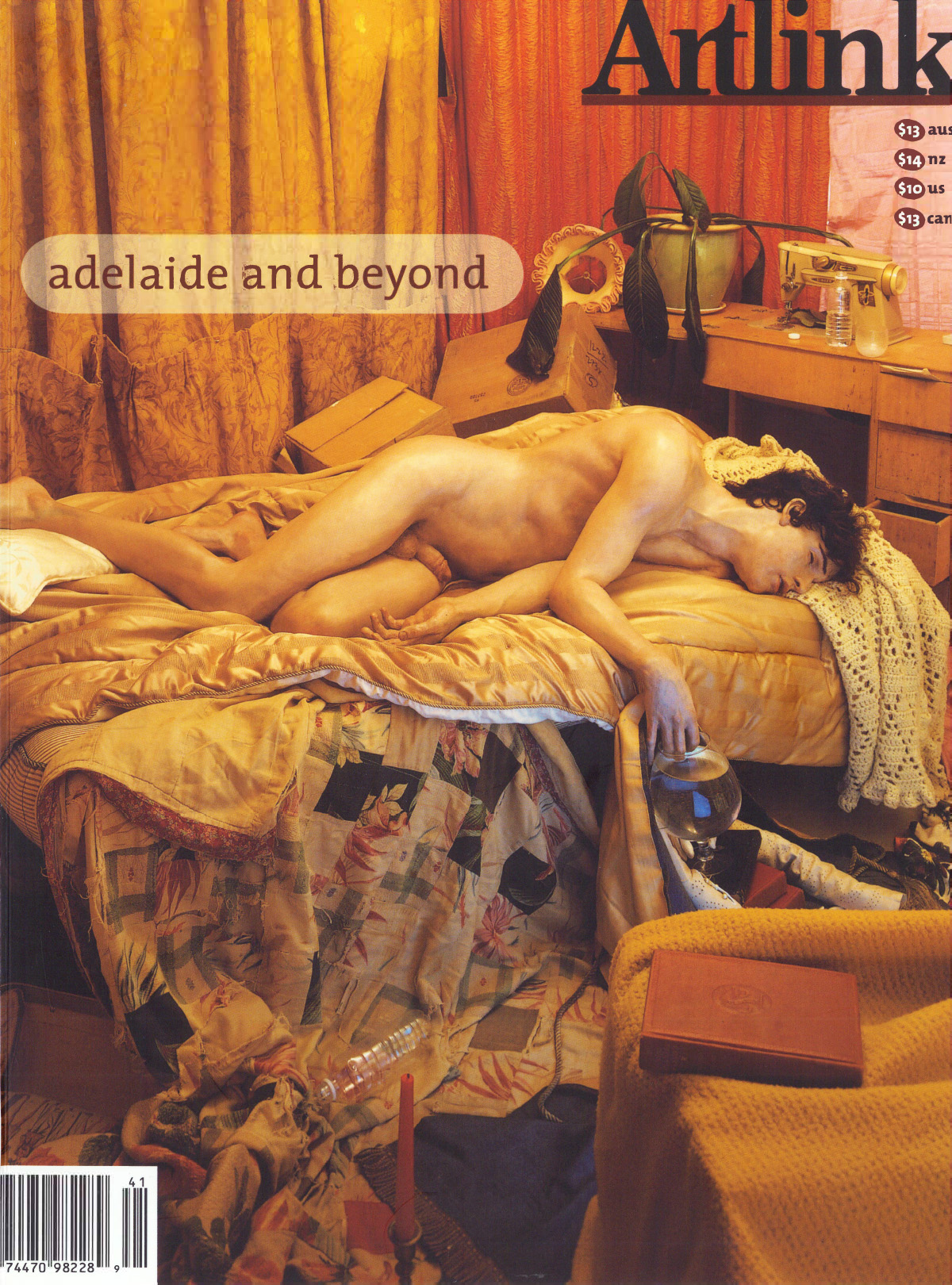
Adelaide and Beyond
Issue 24:1 | March 2004
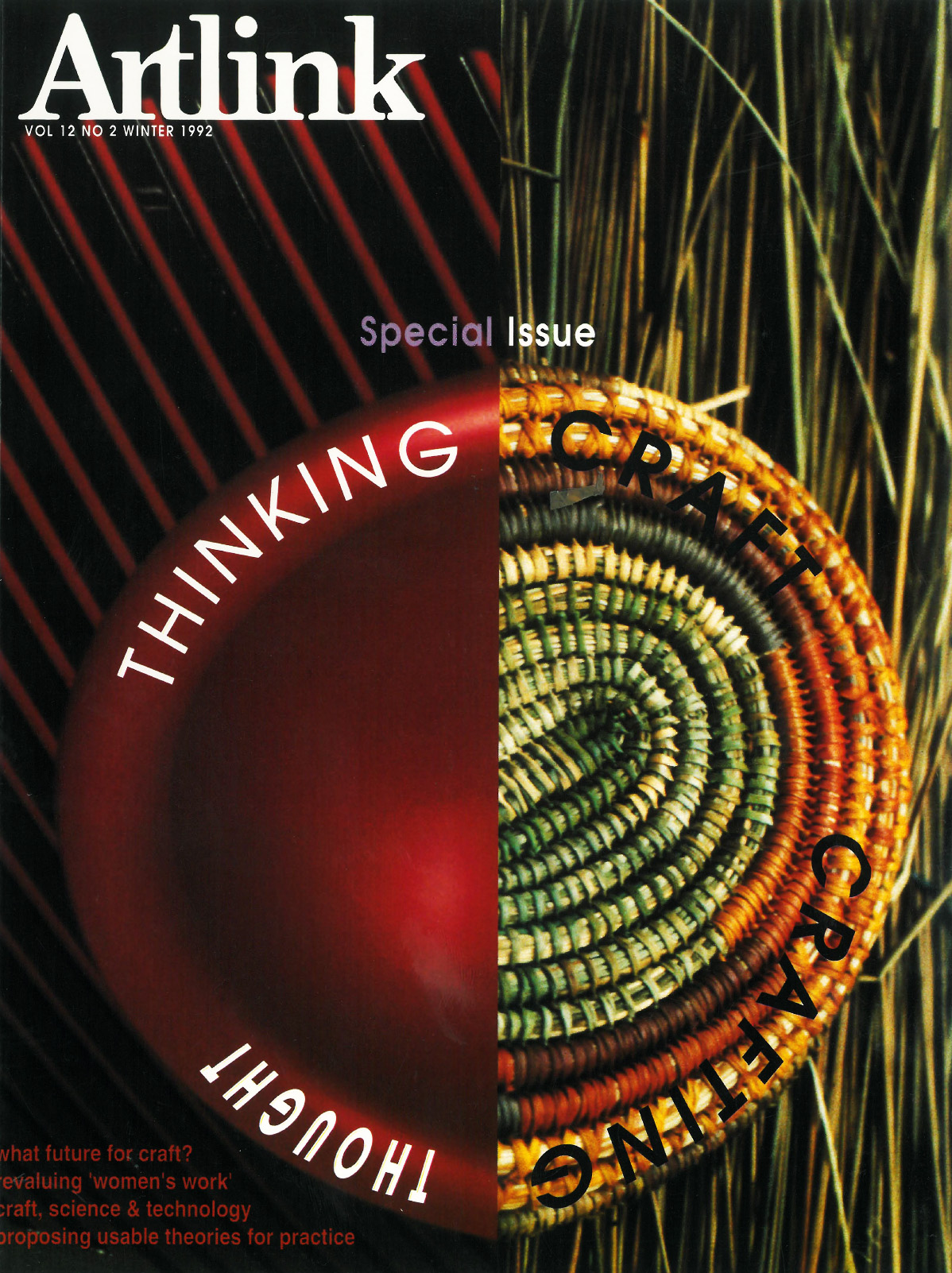
Thinking Craft, Crafting Thought
Issue 12:2 | June 1992
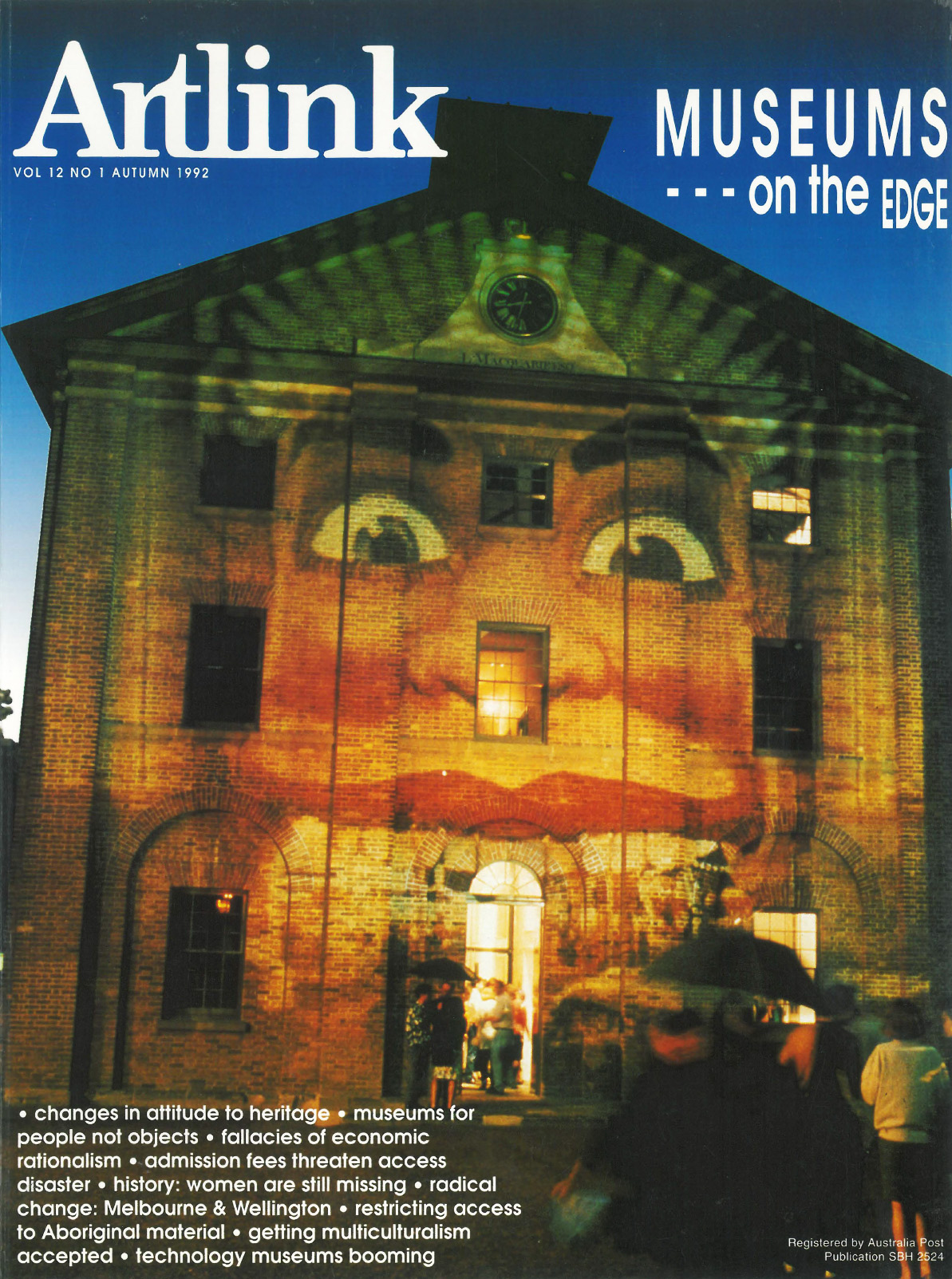
Museums on the Edge
Issue 12:1 | March 1992
Articles
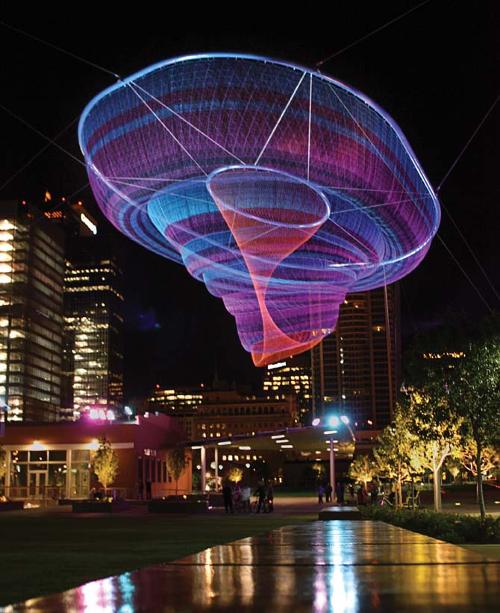
Choreography of the elements: Janet Echelman
American artist Janet Echelman reshapes urban airspace with monumental, fluidly moving sculpture that responds to environmental forces including wind, water, and sunlight. The artist’s ongoing series of aerial net sculptures started in 1997 when she was in India as a Fulbright Scholar and became fascinated with the beauty and movement of traditional fishing nets. In 2011 her installation 'Tsunami 1.26' hung over the Town Hall traffic intersection in Sydney as a joint initiative of the Powerhouse Museum and Art and About Sydney.
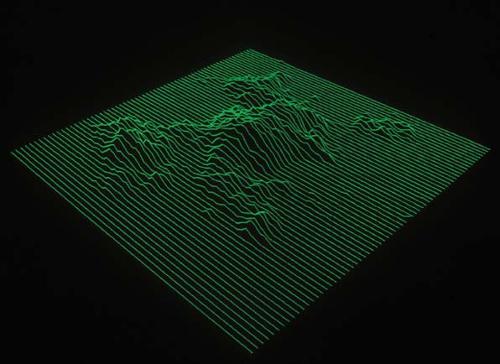
The inchworm revisited
Artist, writer and honorary visiting Professor at the Centre for Computational Neuroscience and Robotics at the University of Sussex in England Paul Brown sketches out the long intertwining history of the relationship between C.P. Snow's two cultures - art and science, design and mathematics, beauty and computation, and extrapolates upon Lady Ada Lovelace's famous words: "We may say most aptly that the Analytical Engine weaves algebraical patterns just as the Jacquard-loom weaves flowers and leaves."
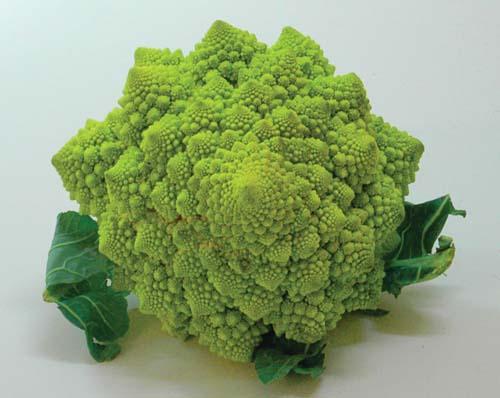
Fractal food
John Walker is the founder of Autodesk, Inc. and co-author of AutoCAD. In Fractal Food he discusses the marvel of fractal forms (complex shapes which look more or less the same at a wide variety of scale factors) as they are seen in a rather wonderful vegetable - the chou Romanesco.

Openwork patterns: Love Lace
Powerhouse Museum Curator of Textiles Lindie Ward discusses the groundbreaking 'Love Lace' exhibition on show at the Powerhouse until April 2013. A globally sourced series of works it showcases 130 designs for openwork structures from 20 countries.
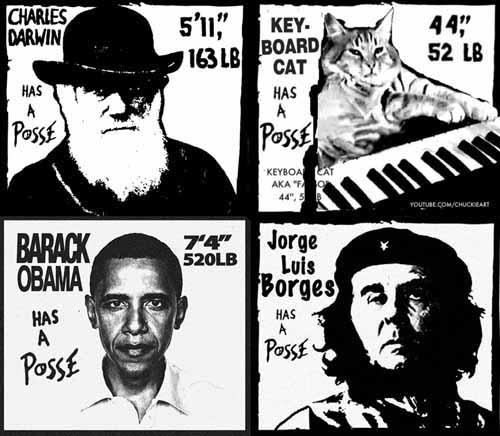
A Meme is born
Adelaide writer and artist Peter Drew looks at various examples of recent street art and the many ways it is circulated and reproduced as a meme in a wired and globally connected world. "As it turns out," he says, "memetics can be very useful in understanding the patterns of street art."

Not just black and white
Scholar and inaugural director of the new Godinymayin Yijard Rivers Arts and Culture Centre in Katherine Cath Bowdler discusses the work of two indigenous artists Brook Andrew and Gunybi Ganambarr and suggests that they are both operating at a conceptual level as bricoleurs in a globalised world, inventing new juxtapositions of materials and revealing new ways of seeing the world through the prism of local histories and traditions.


